Rights groups accuse officials at the centres of skimming from those salaries or pocketing boarding fees paid by some users’ families, and say addicts are detained against their will
During four years of compulsory rehab in Vietnam, Trung spent his drug-free days glueing together false eyelashes as part of what authorities billed as valuable “work therapy” for his heroin addiction.
But critics say the work of Trung and tens of thousands of others is tantamount to forced labour that rarely helps users extinguish their addiction.
Police sent Trung to a state-sponsored rehab centre on the outskirts of Hanoi, one of 132 in Vietnam, where he says he faced routine beatings from guards and hours of labour for nominal pay.
“Life there, from eating, to walking, to sleeping, to working – there was no human rights at all,” explained the 50-year-old, who first began using drugs some three decades ago.
They’re incredibly successful in terms of generating money for government functionaries who run the centres
Richard Pearshouse, Human Rights Watch
He started using again soon after his release in 2014 – up to 80 per cent of addicts from the centres relapse, according to official figures.
Trung’s labour therapy has since been replaced by a daily shot of methadone from a government-run drop-in clinic, which he insists is the only effective treatment he has had.
Today he says he is keeping the addiction at bay, and is trying to mend ties with his only son.
Between 2014 and 2016 more than 65,000 addicts cycled through the centres, usually a mix of compulsory patients sent by police with those admitted by exasperated relatives.
Sometimes they house other marginal groups – the mentally ill and disabled, the homeless, the elderly – along with addicts like Trung, who support the treatment model on paper even if they resent the abuse inside.
Most will stay for one or two years, or up to four if they are deemed unfit for release, and are subject to a range of daily labour – from farming cashews to making sportswear for Western clothing brands, which they can sometimes earn a meagre salary from.
Rights groups accuse officials at the centres of skimming from those salaries or pocketing boarding fees paid by some users’ families, and say addicts are detained against their will.
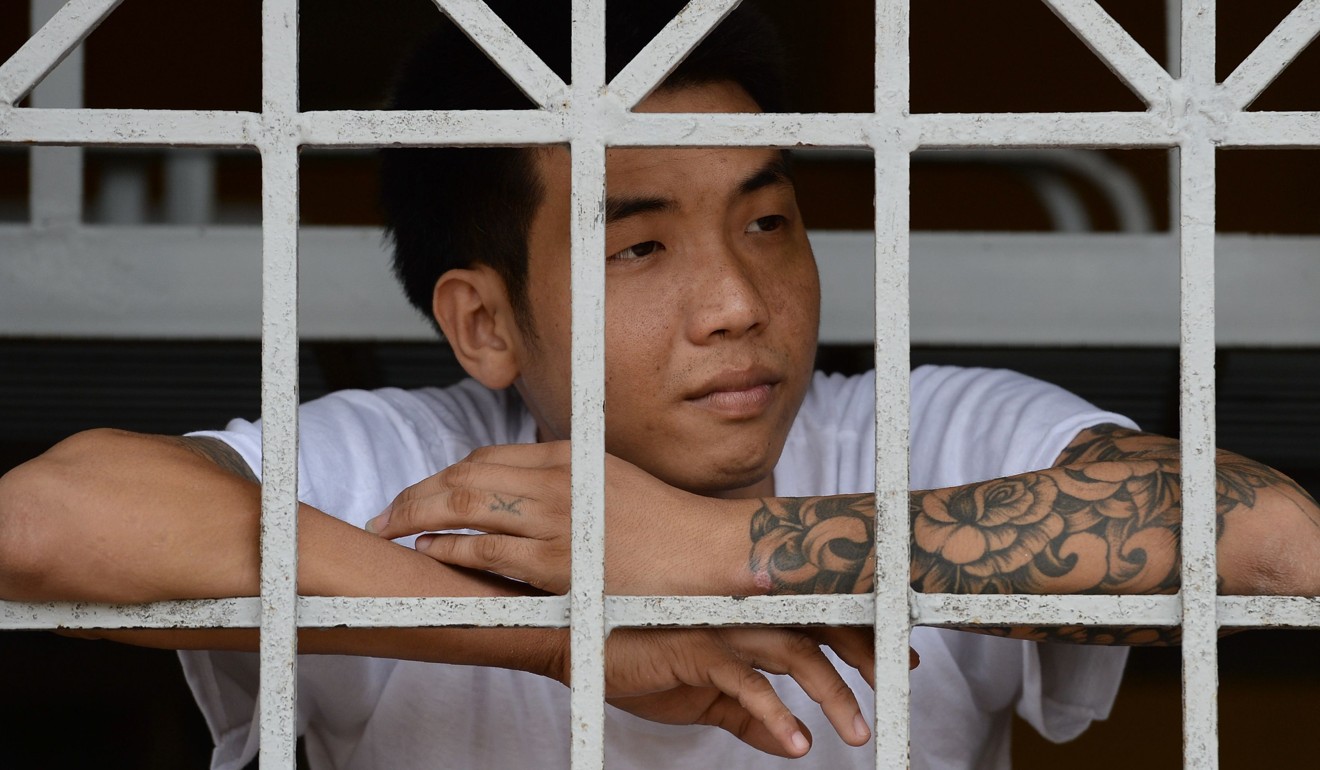
“These are a failure in terms of drug treatment, but they’re incredibly successful in terms of generating money for government functionaries who run the centres,” said Richard Pearshouse, an associate director at Human Rights Watch who wrote a report about the facilities.
Though similar centres exist throughout Asia, experts say the term length and the sheer number of facilities in Vietnam set it apart.
Conditions inside vary widely, though several overcrowded centres have experienced mass breakouts.
The government has acknowledged the need to reform the facilities and has softened drug policies, piloting community-based treatment and methadone clinics.
“Vietnamese laws and regulations are being perfected, especially when it comes to drug rehabilitation and treatment, to consider drug addicts patients,” said Le Thanh Tung, director of the Department of Social Evils Prevention in Hai Phong city.
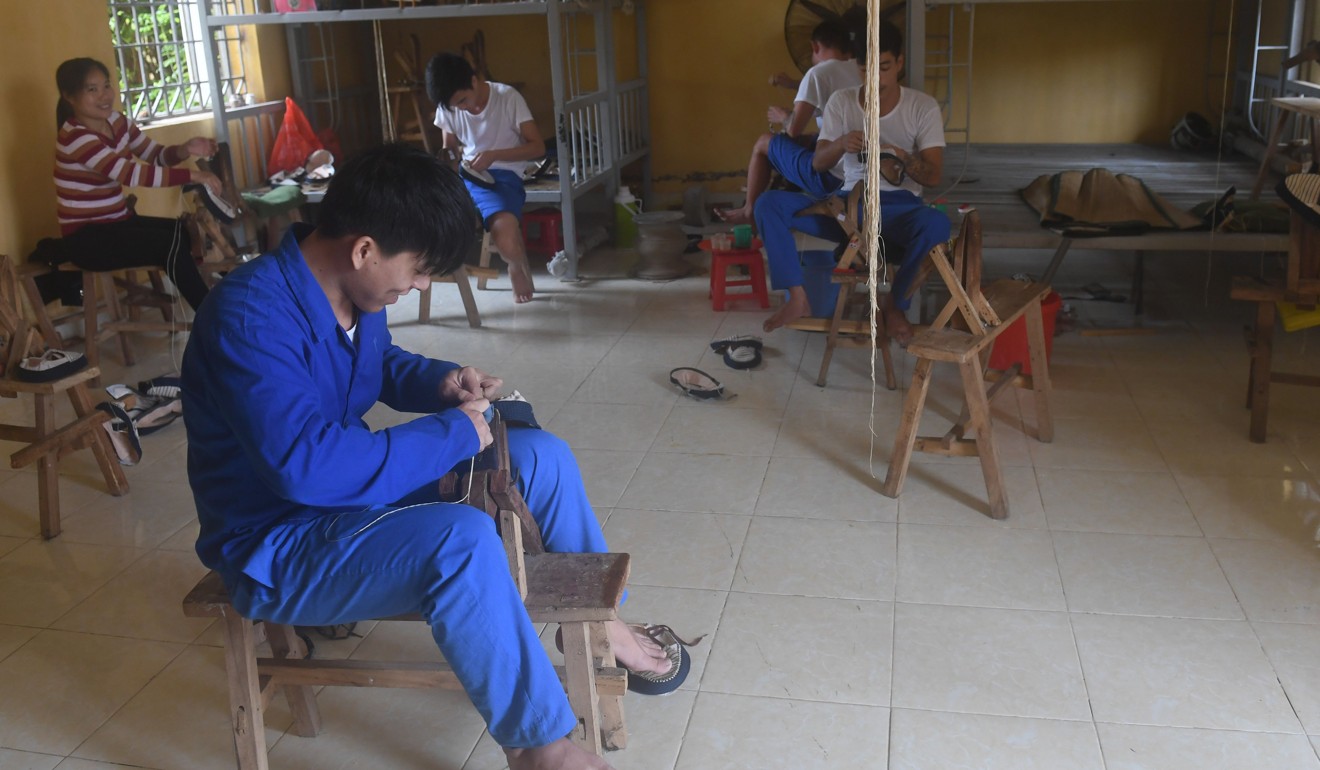
The centre houses some 500 addicts – mostly admitted by relatives – who after an initial period of cold turkey withdrawal behind padlocked doors are moved to dorm rooms. Once clean, they are put to work sewing shoes or tending vegetable gardens and can receive vocational training as electricians or carpenters. Many in Vietnam think the scheme is a good thing.
“Drug addicts do nothing good for the family or the community, they should be locked away,” said Ms Luong, mother of two heroin-addicted sons. “When you have a drug addict in your house, you live in hell. I have two as such.”
Her sons used to pawn her furniture to fund their habit, prompting her to send one to a rehab centre. She kicked the other out and hasn’t seen him in years.
Like most of the 200,000 registered drug addicts in Vietnam, her sons were hooked on heroin, though methamphetamines are increasingly popular among Vietnam’s youth.
Several organisations are trying to roll out community-based care to allow recovering addicts to lead normal lives, and even keep steady work. But some programmes have struggled to gain traction.
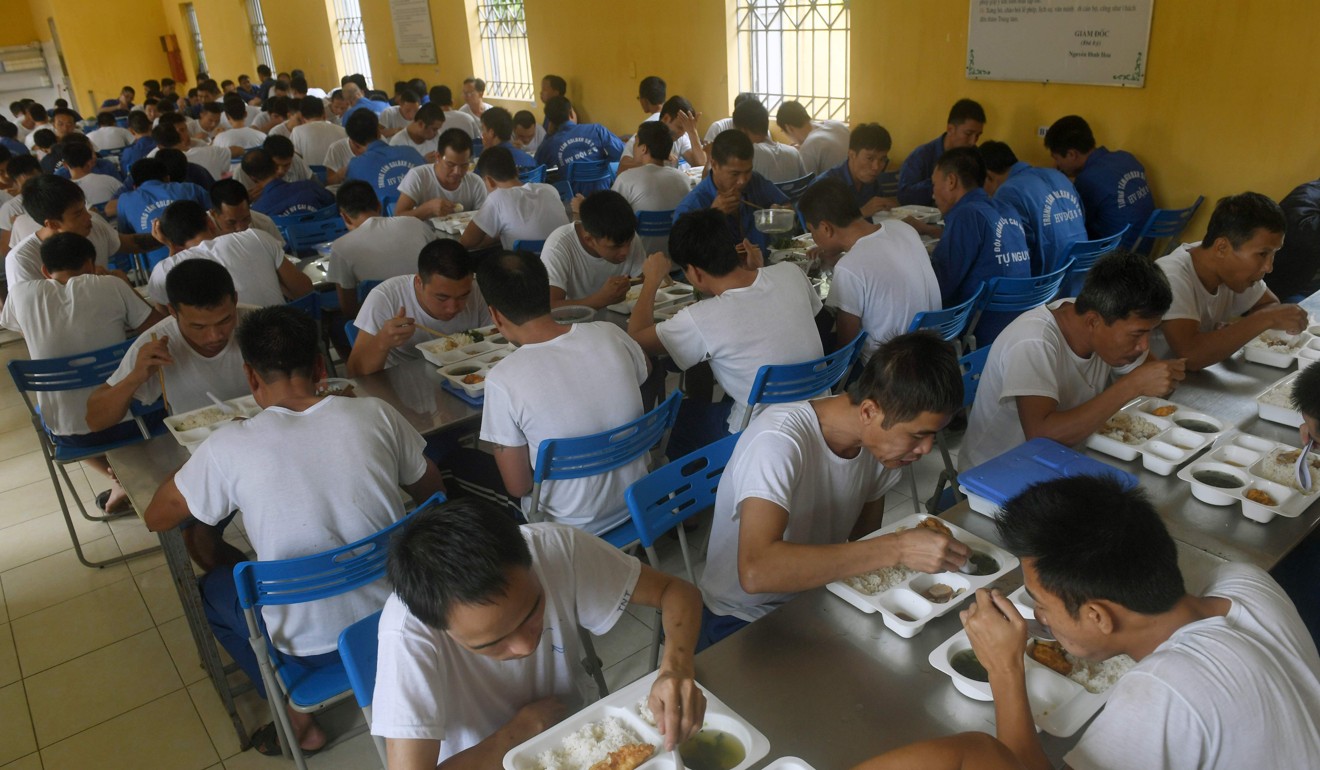
“The number one obstacle for us is the lack of awareness about how complex addiction treatment is, people want to have a silver bullet,” said Oanh Khuat, executive director of the Centre for Supporting Community Development Initiatives (SCDI), an NGO that promotes voluntary and community-based programmes.
That approach is one that heroin addict Quan thinks could work for him.
He spent three months and nearly US$900 on a voluntary programme – another rehab option run by the government – hoping for better treatment he might have received at a compulsory centre. But he quickly started using again after he left.
“The rehab model in Vietnam isn’t efficient,” the chain-smoking 46-year-old said.
He is home again with his family, but jobless and getting high every day.
“We see no help, nothing from the local authorities,” he said. “They have always created trouble for me, supervising me as if I was a criminal.”
Height Insoles: Hi, I do believe this is an excellent site. I stumbledupon …
http://fishinglovers.net: Appreciate you sharing, great post.Thanks Again. Keep writi…
Achilles Pain causes: Every weekend i used to pay a quick visit this site, as i w…

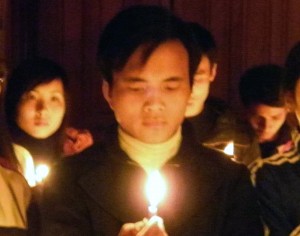
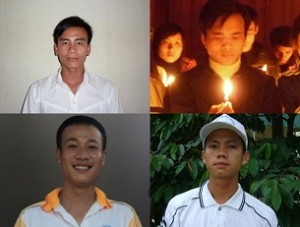



December 11, 2017
‘No human rights at all’: Vietnamese drug addicts undergo ‘work therapy’ while authorities collect profits
by Nhan Quyen • [Human Rights]
Rights groups accuse officials at the centres of skimming from those salaries or pocketing boarding fees paid by some users’ families, and say addicts are detained against their will
During four years of compulsory rehab in Vietnam, Trung spent his drug-free days glueing together false eyelashes as part of what authorities billed as valuable “work therapy” for his heroin addiction.
But critics say the work of Trung and tens of thousands of others is tantamount to forced labour that rarely helps users extinguish their addiction.
Police sent Trung to a state-sponsored rehab centre on the outskirts of Hanoi, one of 132 in Vietnam, where he says he faced routine beatings from guards and hours of labour for nominal pay.
“Life there, from eating, to walking, to sleeping, to working – there was no human rights at all,” explained the 50-year-old, who first began using drugs some three decades ago.
He started using again soon after his release in 2014 – up to 80 per cent of addicts from the centres relapse, according to official figures.
Trung’s labour therapy has since been replaced by a daily shot of methadone from a government-run drop-in clinic, which he insists is the only effective treatment he has had.
Today he says he is keeping the addiction at bay, and is trying to mend ties with his only son.
Between 2014 and 2016 more than 65,000 addicts cycled through the centres, usually a mix of compulsory patients sent by police with those admitted by exasperated relatives.
Sometimes they house other marginal groups – the mentally ill and disabled, the homeless, the elderly – along with addicts like Trung, who support the treatment model on paper even if they resent the abuse inside.
Most will stay for one or two years, or up to four if they are deemed unfit for release, and are subject to a range of daily labour – from farming cashews to making sportswear for Western clothing brands, which they can sometimes earn a meagre salary from.
Rights groups accuse officials at the centres of skimming from those salaries or pocketing boarding fees paid by some users’ families, and say addicts are detained against their will.
“These are a failure in terms of drug treatment, but they’re incredibly successful in terms of generating money for government functionaries who run the centres,” said Richard Pearshouse, an associate director at Human Rights Watch who wrote a report about the facilities.
Though similar centres exist throughout Asia, experts say the term length and the sheer number of facilities in Vietnam set it apart.
Conditions inside vary widely, though several overcrowded centres have experienced mass breakouts.
The government has acknowledged the need to reform the facilities and has softened drug policies, piloting community-based treatment and methadone clinics.
“Vietnamese laws and regulations are being perfected, especially when it comes to drug rehabilitation and treatment, to consider drug addicts patients,” said Le Thanh Tung, director of the Department of Social Evils Prevention in Hai Phong city.
The centre houses some 500 addicts – mostly admitted by relatives – who after an initial period of cold turkey withdrawal behind padlocked doors are moved to dorm rooms. Once clean, they are put to work sewing shoes or tending vegetable gardens and can receive vocational training as electricians or carpenters. Many in Vietnam think the scheme is a good thing.
“Drug addicts do nothing good for the family or the community, they should be locked away,” said Ms Luong, mother of two heroin-addicted sons. “When you have a drug addict in your house, you live in hell. I have two as such.”
Her sons used to pawn her furniture to fund their habit, prompting her to send one to a rehab centre. She kicked the other out and hasn’t seen him in years.
Like most of the 200,000 registered drug addicts in Vietnam, her sons were hooked on heroin, though methamphetamines are increasingly popular among Vietnam’s youth.
Several organisations are trying to roll out community-based care to allow recovering addicts to lead normal lives, and even keep steady work. But some programmes have struggled to gain traction.
“The number one obstacle for us is the lack of awareness about how complex addiction treatment is, people want to have a silver bullet,” said Oanh Khuat, executive director of the Centre for Supporting Community Development Initiatives (SCDI), an NGO that promotes voluntary and community-based programmes.
That approach is one that heroin addict Quan thinks could work for him.
He spent three months and nearly US$900 on a voluntary programme – another rehab option run by the government – hoping for better treatment he might have received at a compulsory centre. But he quickly started using again after he left.
“The rehab model in Vietnam isn’t efficient,” the chain-smoking 46-year-old said.
He is home again with his family, but jobless and getting high every day.
“We see no help, nothing from the local authorities,” he said. “They have always created trouble for me, supervising me as if I was a criminal.”